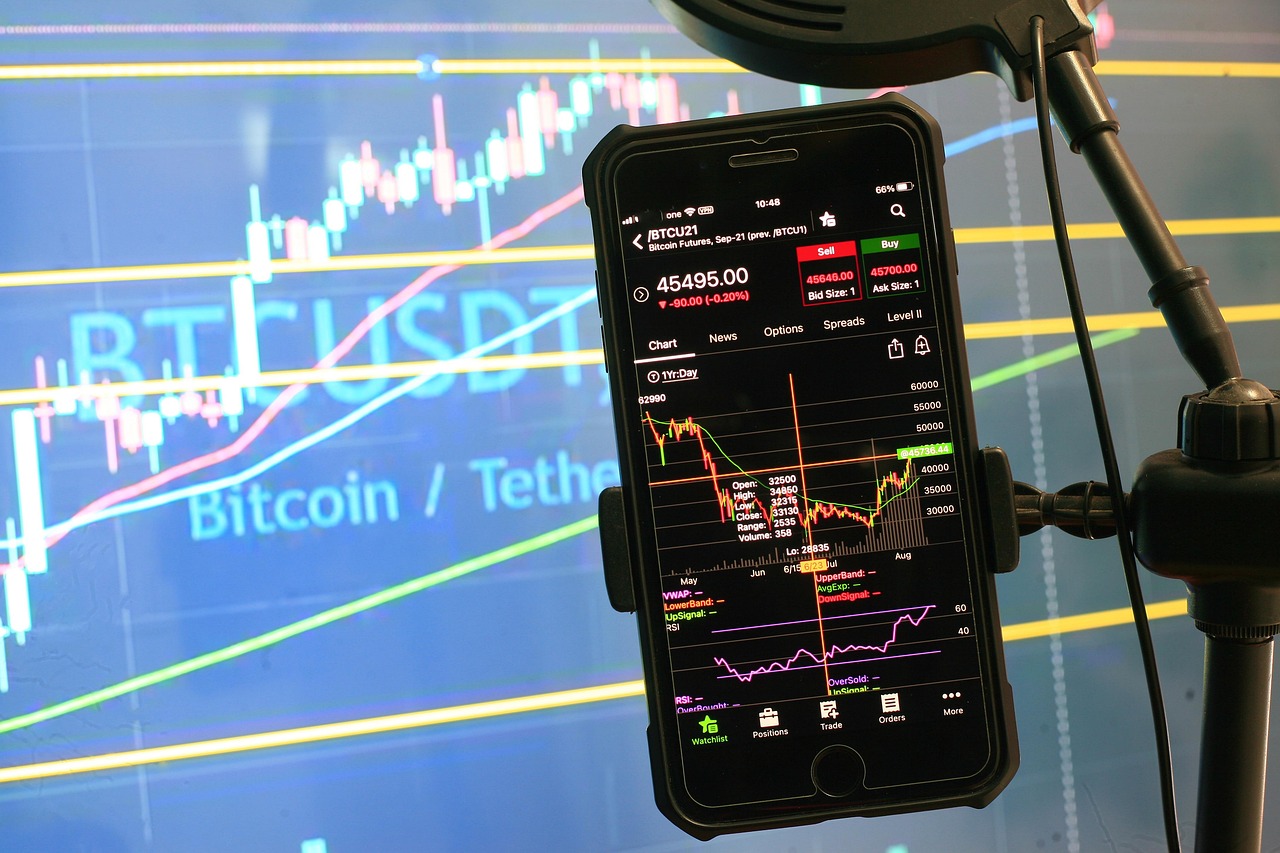Micro-Investing Tools Enable Recurring Investments in ETFs

In the rapidly evolving landscape of personal finance, micro-investing platforms have emerged as pivotal tools for democratizing investment opportunities. These platforms allow individuals to make small, incremental investments, often leveraging the power of technology to automate processes and minimize barriers to entry. Among the various investment vehicles available, Exchange-Traded Funds (ETFs) have become particularly popular due to their diversification benefits and cost-effective nature.
Micro-investing tools provide a seamless gateway for retail investors to engage in recurring investments in ETFs, thus fostering financial inclusion and promoting disciplined investment habits. This article explores how these tools operate, their significance in the global context, and their impact on individual investment strategies.
Understanding Micro-Investing Tools
Micro-investing platforms are digital solutions that enable users to invest small amounts of money into a diversified portfolio. These platforms often utilize mobile applications, making it convenient for users to manage their investments on-the-go. They are designed to cater to individuals who may lack the capital or expertise to engage in traditional investment practices.
Key features of micro-investing tools include:
- Low Minimum Investment: Users can begin investing with minimal initial capital, sometimes as low as a few dollars.
- Automated Investing: Many platforms offer automated investing options, where users can set up recurring investments, ensuring consistency and discipline.
- Fractional Shares: Users can purchase fractional shares of ETFs, allowing them to diversify their portfolios without needing to buy whole shares.
- User-Friendly Interfaces: Intuitive interfaces and educational resources make it easier for individuals to understand and engage with their investments.
ETFs: A Preferred Vehicle for Micro-Investing
Exchange-Traded Funds are investment funds that are traded on stock exchanges, much like stocks. They hold assets such as stocks, commodities, or bonds, and generally operate with an arbitrage mechanism designed to keep trading close to its net asset value. ETFs have gained traction among micro-investors for several reasons:
- Diversification: ETFs typically contain a broad array of securities, reducing the risk associated with investing in individual stocks.
- Cost-Effectiveness: ETFs generally have lower expense ratios compared to mutual funds, making them an economical choice for investors.
- Liquidity: As ETFs are listed on exchanges, they can be bought and sold throughout the trading day, offering liquidity and flexibility.
- Transparency: Most ETFs regularly disclose their holdings, providing investors with visibility into their investments.
Global Context and Impact
The rise of micro-investing platforms is a global phenomenon, with significant adoption observed in markets such as the United States, Europe, and Australia. This trend is partially driven by the growing demand from millennials and younger generations who prioritize digital solutions and financial autonomy.
In emerging markets, micro-investing tools are opening new avenues for financial inclusion, allowing individuals with limited access to traditional banking services to participate in global financial markets. These platforms are contributing to a shift in investment culture, where long-term wealth accumulation is favored over short-term speculation.
Conclusion
Micro-investing tools have revolutionized the way individuals approach investing, making it more accessible, automated, and aligned with modern financial behaviors. By enabling recurring investments in ETFs, these platforms empower users to build diversified portfolios with ease and efficiency. As technology continues to advance, it’s likely that micro-investing will play an increasingly integral role in personal finance, fostering a more inclusive and participatory investment landscape worldwide.
















